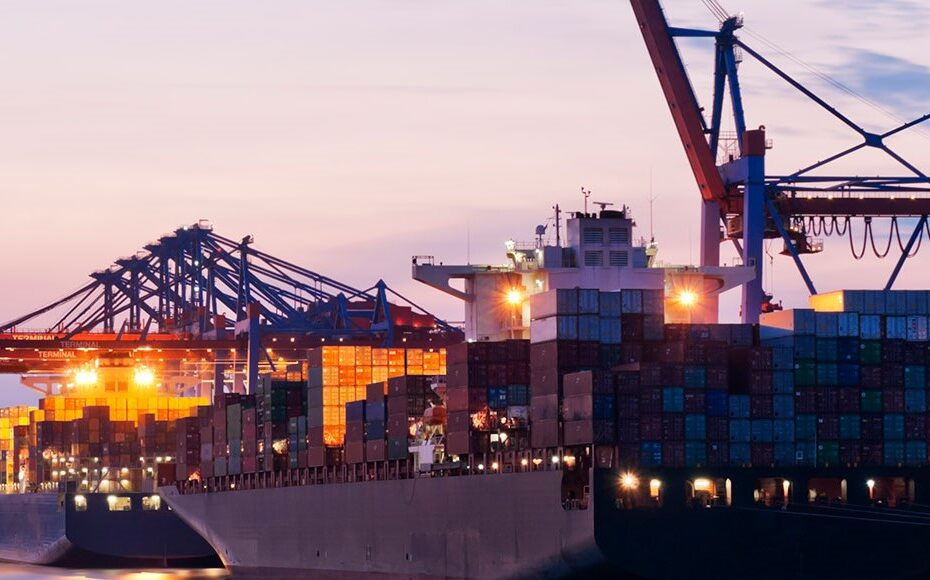US government scientists warned federal regulators the South Fork offshore wind farm near the Rhode Island coast threatened the Southern New England Cod, a species soingrained in regional lore that a wooden carving of ithangsin the Massachusetts state house.
The Interior Department approved the projectanyway.
The warningswere delivered in unpublished correspondenceweeks before Interior’s Bureau of Ocean Energy Managementauthorizedthe 12-turbine South Fork plan in November 2021. And they serve tounderscore the potential ecological consequences and environmental tradeoff of a coming offshore wind boom along the US East Coast. President Joe Biden wants the US to deploy 30 gigawatts of offshore wind by the end of the decade.
The nascent US industry is alreadyfacing mounting challenges from supply-chain struggles and surging costs, including interest rates, prompting the developers behinda separate project near Massachusetts toseek a delay in planning for the venture.
Ecological challenges represent another headwind for offshore wind. Although conservationists argue that building more emission-free renewable power is critical to combat climate change and bolster dwindling ocean species threatened by warming oceans, the short-term impacts on marine life can be significant.
Marine scientists havewarnedthat projects along the New England coast could imperil endangered North Atlantic right whales. And in August, the New England Fishery Management Council identified Atlantic waters already leased for offshore wind development as a “habitat area of particular concern,” a designation that encourages the government take a more stringent and cautious approach to permitting.
Concerns about South Fork, the 132-megawatt project being developed by Orsted AS and Eversource Energy, focused on its overlap with Cox Ledge, amajor spawning groundfor cod and“sensitive ecological area that provides valuable habitat for a number of federally managed fish species,” a National Oceanic and Atmospheric Administrationassistant regional administrator said in an October 2021 letter to Interior Department officials. Based on in-houseexpertise and peer-reviewed science, the agency said “this project has a high risk of population-level impacts on Southern New England Atlantic cod.”
The Southern New England Atlantic cod’spopulations have declined amid overfishing and warming ocean waters, prompting conservationists to seek bans oncommercialandrecreational fishingof the iconic species.
“Our cod stocks are not in great shape,” bemoaned Tom Nies, executive director of the New England Fishery Management Council. “We’ve been struggling to rebuild our cod stocks for some time, but they’re still not producing like they should.”
The Interior Department took some steps to blunt impacts on Atlantic cod, including by carving out some areas of Cox Ledge from leasing. Developers, who arerequiredto monitor cod activity at the site from November through the end of March, plan to adjust work plans to avoid any spotted spawning areas. And the final South Fork plan was scaled down from 15 turbines to 12 after warnings from NOAA.
Still, the oceanic agency faulted the Interior Department for shrugging off other recommendations to protect cod, saying the bureauhad based some decisions on flawed assumptions not supported by science. That includes a decision to not block pile driving at the very start of the spawning season in November, even though NOAA said the noise could deter the activity and force some cod to abandon the area.
An Orsted spokesperson declined to comment, and representatives of Eversource did not comment on the matter.
Bureau of Ocean Energy Management representatives did not specifically comment on the final warnings from NOAA.However, more comprehensive mitigation efforts are underway. In an emailed statement, the bureau stressed it was using spatial modeling to guide its leasing decisions in the Gulf of Mexico, central Atlantic and waters near Oregon. BOEM is also reviewing public feedback on itsproposed blueprintfor limiting offshore wind’s impact on fishing through better project siting and design, as well as financial compensation.





